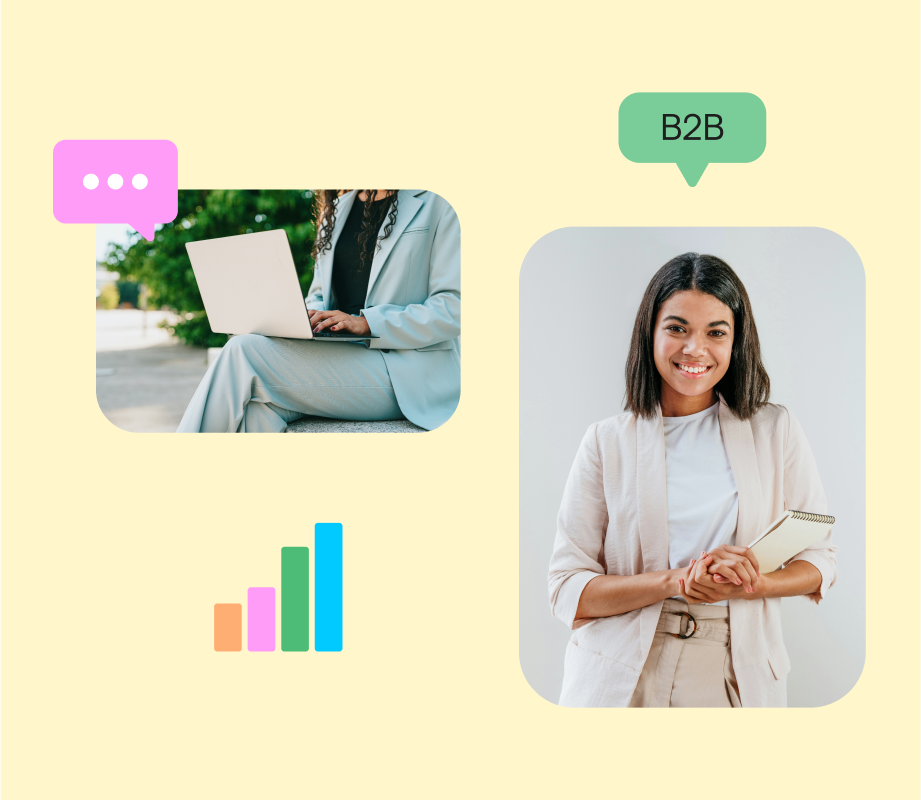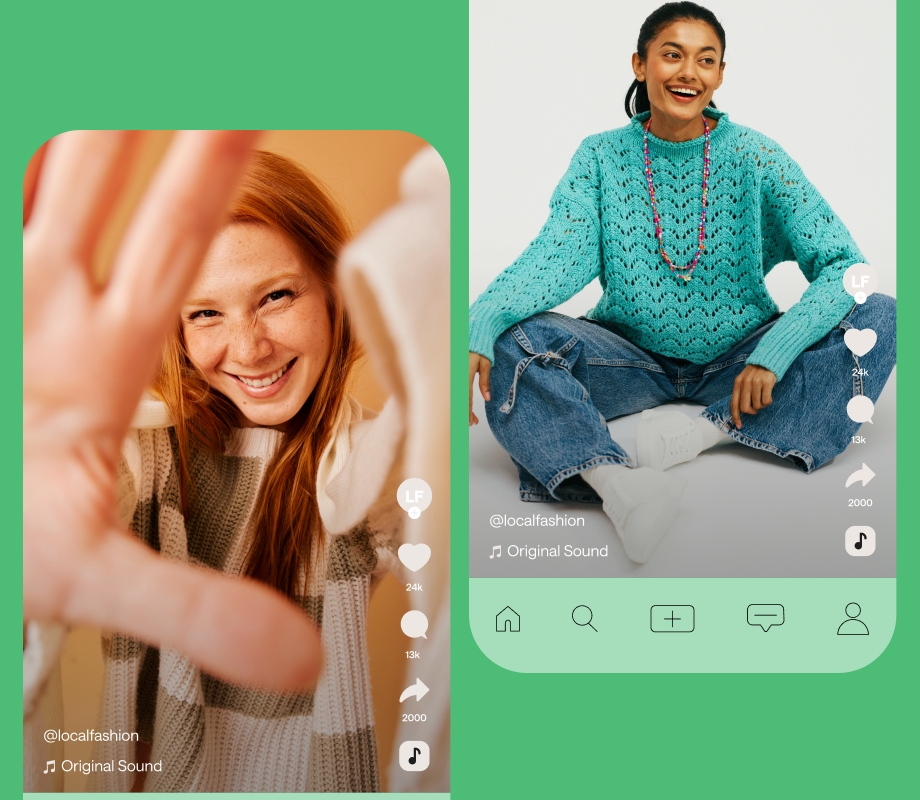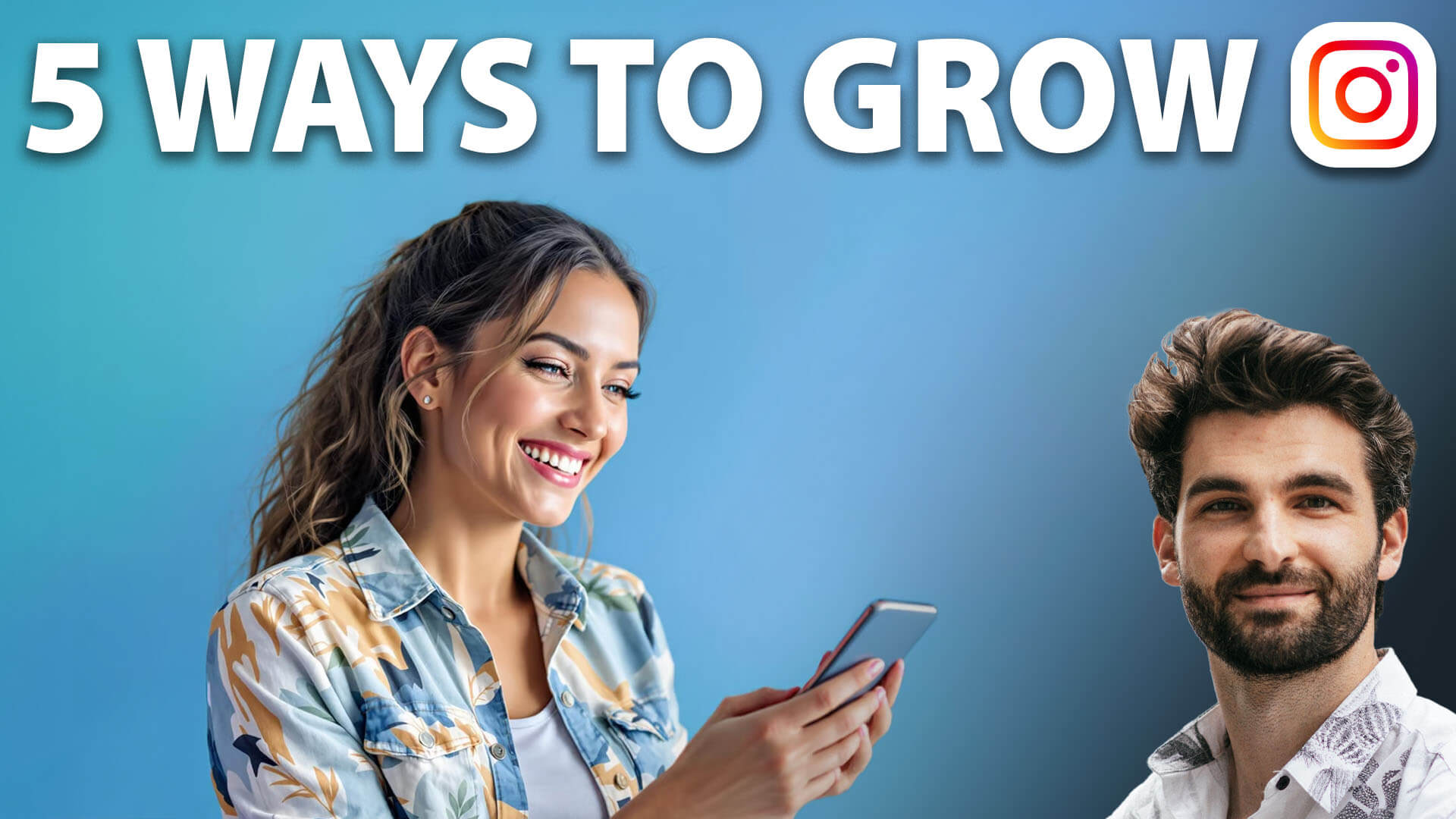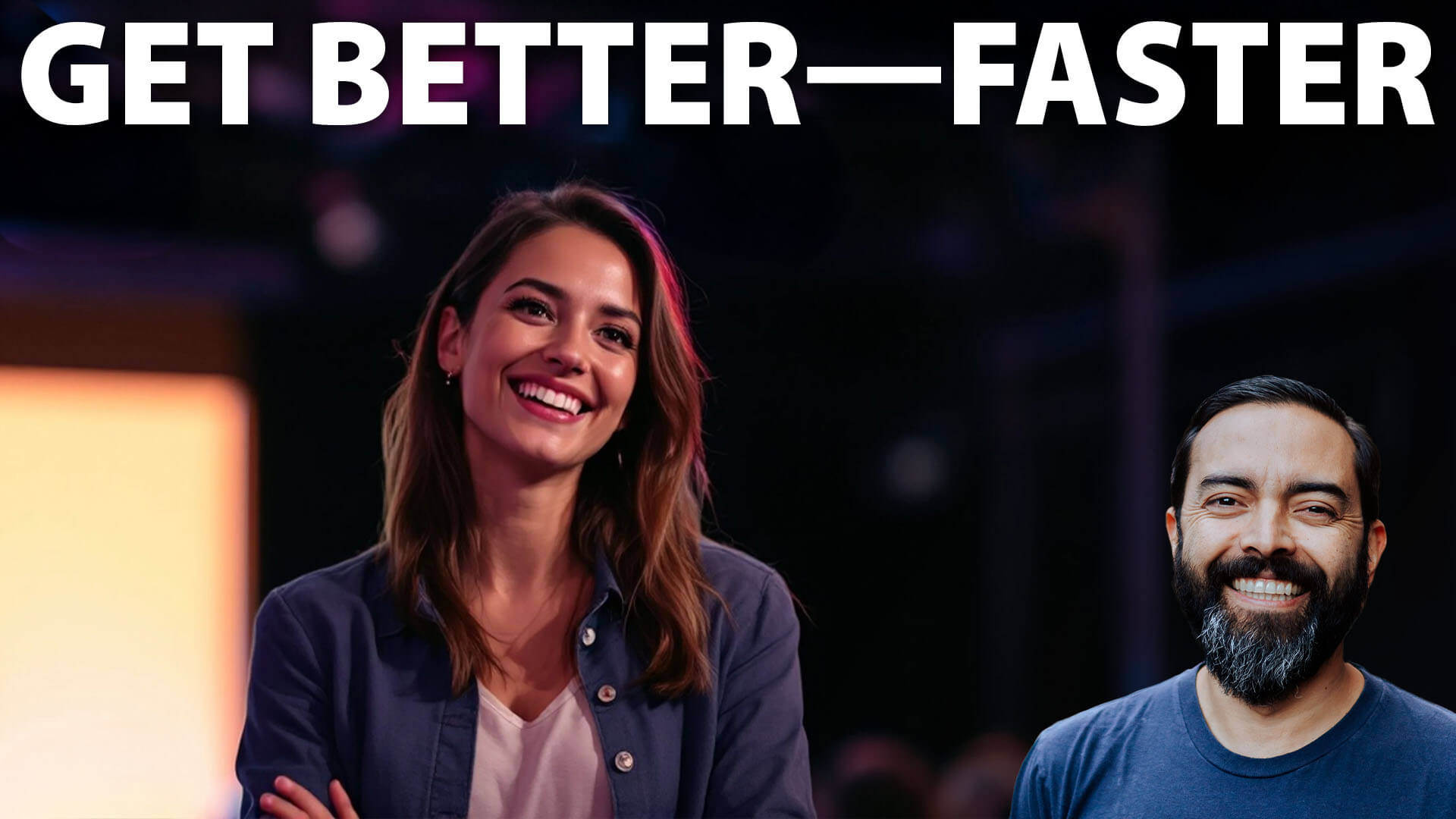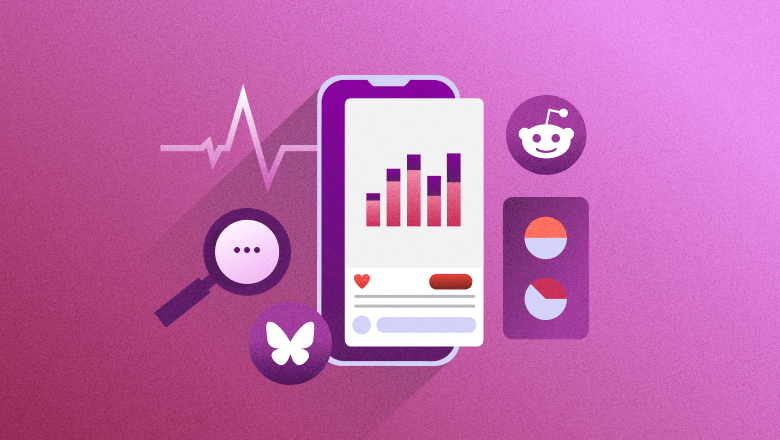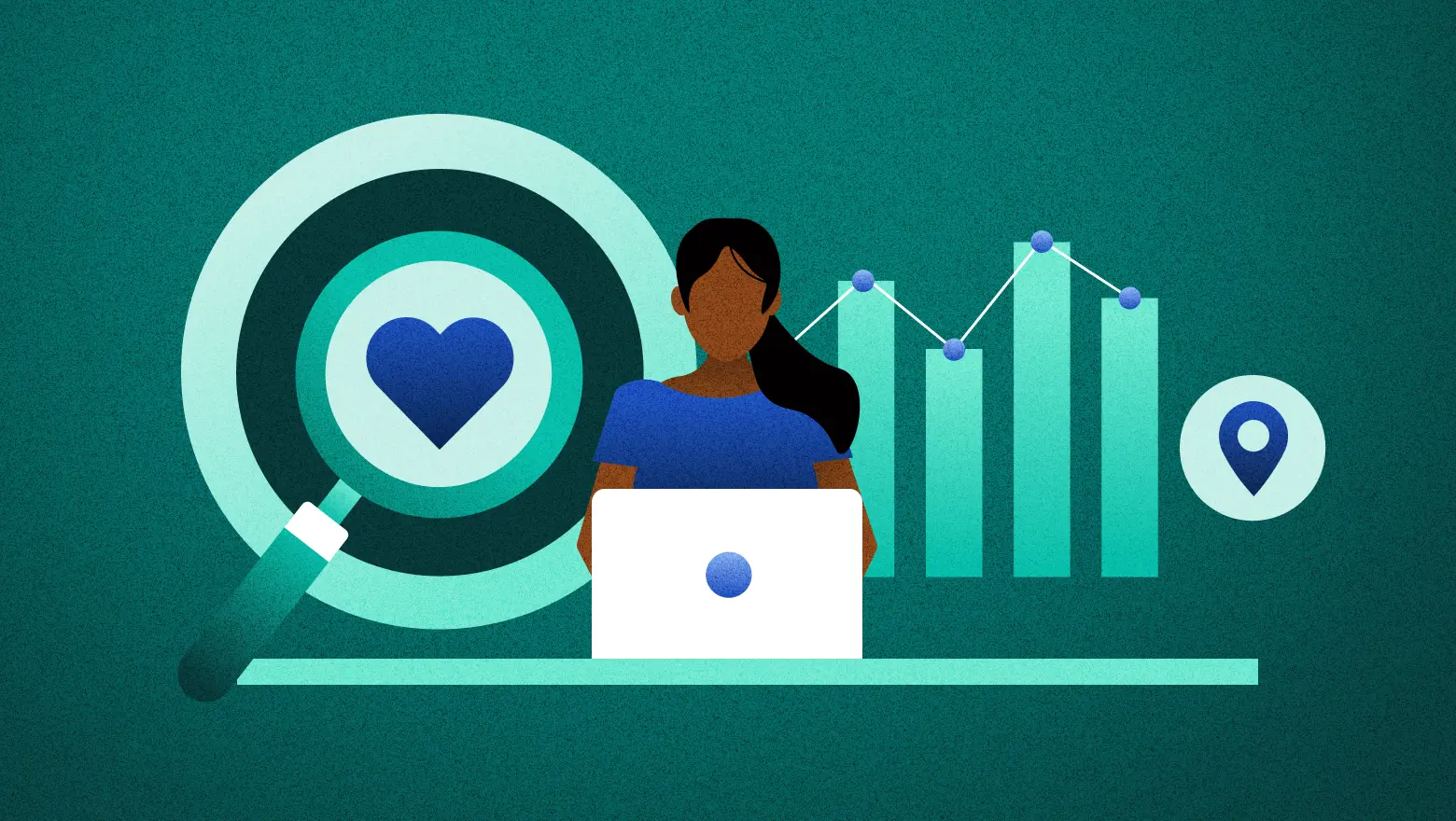How to build an AI agent to streamline your workflow
A step-by-step guide to reducing busy work and unlocking more creativity. Seventy-one percent of marketers expect generative AI will help eliminate busy work and allow them to focus more on strategic work. “That leaves you more time to be creative, create more campaigns, do more,” said Brad Taylor, CEO of Answer AI and Last […] The post How to build an AI agent to streamline your workflow appeared first on Ragan Communications.

A step-by-step guide to reducing busy work and unlocking more creativity.
Seventy-one percent of marketers expect generative AI will help eliminate busy work and allow them to focus more on strategic work.
“That leaves you more time to be creative, create more campaigns, do more,” said Brad Taylor, CEO of Answer AI and Last Rev, in a presentation at Ragan’s recent AI Horizons Conference.
Here’s a look at how AI is driving this productivity for marketers and communicators:
Focus on high-impact work with AI agents
Taylor said AI agents automate entire workflows, so marketers can focus more on creativity.
AI agents learn new information, ask questions and gather sources, in addition to communicating and collaborating with humans and other AI tools.
“Instead of just putting some text into a chatbot and getting a response, you give it a goal, and it goes off and accomplishes that task either fully autonomously or…with lots of human input,” said Taylor.
One participant who leads team meetings said they have to take notes and facilitate an agenda. They would like an assistant to take notes and summarize topics.
Taylor suggested AI could automatically categorize meeting transcripts to identify key discussion points and find action items for follow-up.
In doing so, the participant would be more present in meetings and able to focus on coordinating projects.
Adding a personal touch
Taylor highlighted competitor research, summarizing reports and content generation as areas where AI agents can boost productivity and reduce busy work.
Communications can also benefit from personalization powered by AI.
But personalized outreach is a particular use that has elevated communications.
In one example, a CEO created a voice agent that calls every single one of their employees weekly for a pulse check. After the calls, the CEO receives an AI summarized report with the employee’s temperature.
Coca-Cola transformed its marketing by personalizing Coke bottles with common names. AI analyzed social media, sales, and customer feedback to find the most popular names and AI algorithms ensured the right names appeared on bottles.
Here are Taylor’s steps to building an AI strategy:
- Define your company’s mission. Explore the value your organization brings to the world and how comms supports that mission.
- Next, Taylor asked participants to consider daily micro-activities. These are repetitive and time-consuming tasks such as sending email follow-ups and analyzing reports. “This is so that we can recognize different areas where we can have efficiencies along the process,” said Taylor
- Identify pain points, such as tasks you dislike or struggle with. Taylor said to explore areas where you might rely on others, or tasks that are resource constrained.
- List the software you use. For your organization, describe how you use each one and identify the gaps. “All of these different tools take up so much of your time,” said Taylor.
- Create a plan with AI to generate a detailed personal workflow and refine your strategy. Prompt AI with, “I am looking for ways to integrate AI into my work to improve efficiency and automation,” and then share the information gathered in steps one through four. Request suggestions for using your current tools more efficiently, recommendations for additional productivity tools, ideas for AI agents aligned with your daily tasks and role and an assessment of potential risks or limitations.
Watch the full presentation below:
The post How to build an AI agent to streamline your workflow appeared first on Ragan Communications.









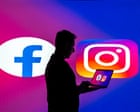










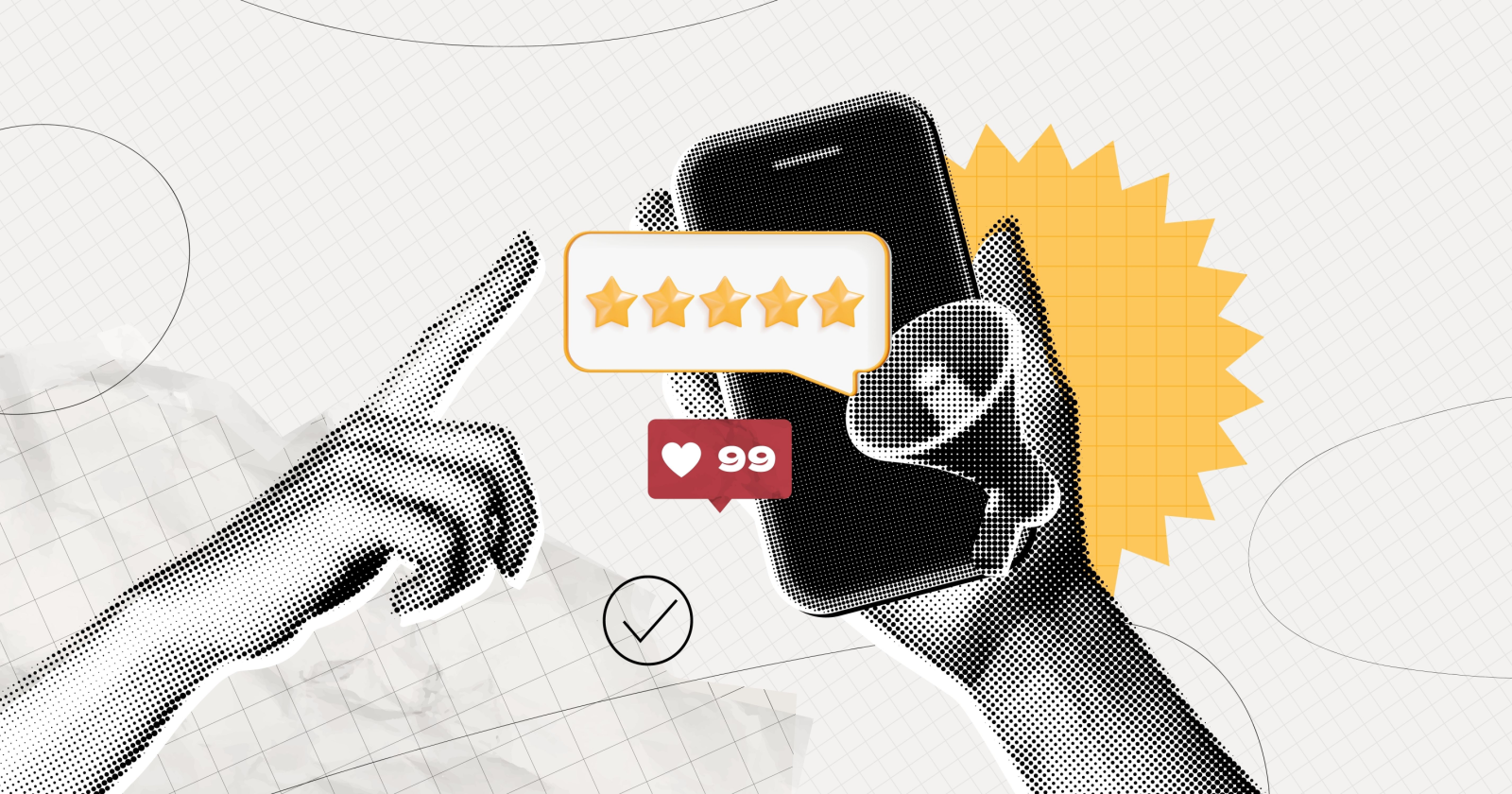
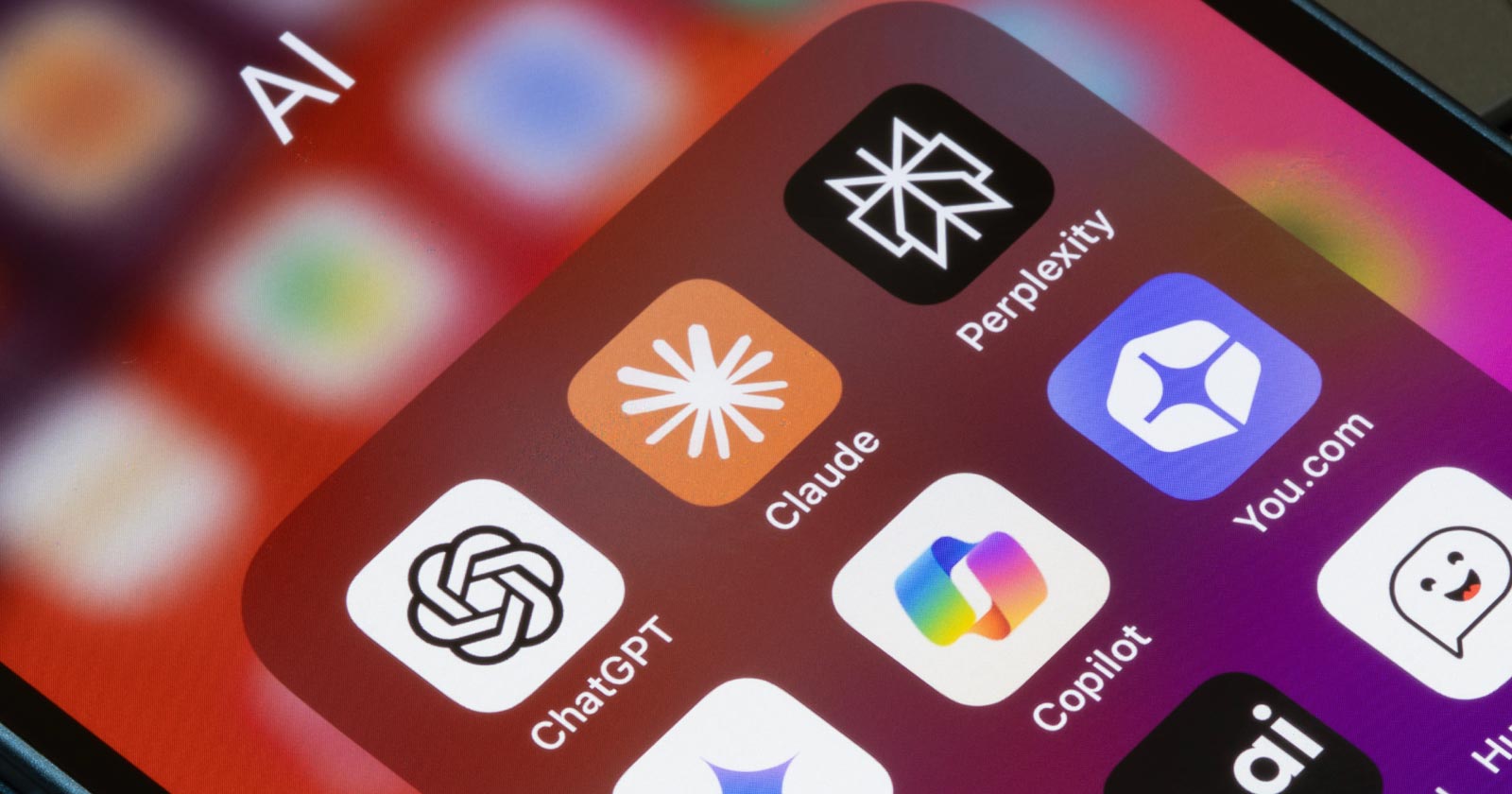




![How To Launch, Grow, and Scale a Community That Supports Your Brand [MozCon 2025 Speaker Series]](https://moz.com/images/blog/banners/Mozcon2025_SpeakerBlogHeader_1180x400_Areej-abuali_London.png?auto=compress,format&fit=crop&dm=1747732165&s=beb7825c980a8c74f9a756ec91c8d68b#)
![Clicks Don’t Pay the Bills: Use This Audit Framework To Prove Content Revenue [Mozcon 2025 Speaker Series]](https://moz.com/images/blog/banners/Mozcon2025_SpeakerBlogHeader_1180x400_Hellen_London.png?auto=compress,format&fit=crop&dm=1747758249&s=9f3c5b1b7421f862beace1cb513053bb#)
![How To Create an Integrated Strategy That Increases Brand Mentions and Visibility [Mozcon 2025 Speaker Series]](https://moz.com/images/blog/banners/Mozcon2025_SpeakerBlogHeader_1180x400_JamesH_London.png?auto=compress,format&fit=crop&dm=1747780409&s=9bf9f0a2623b4a8be6eaf8f235115505#)
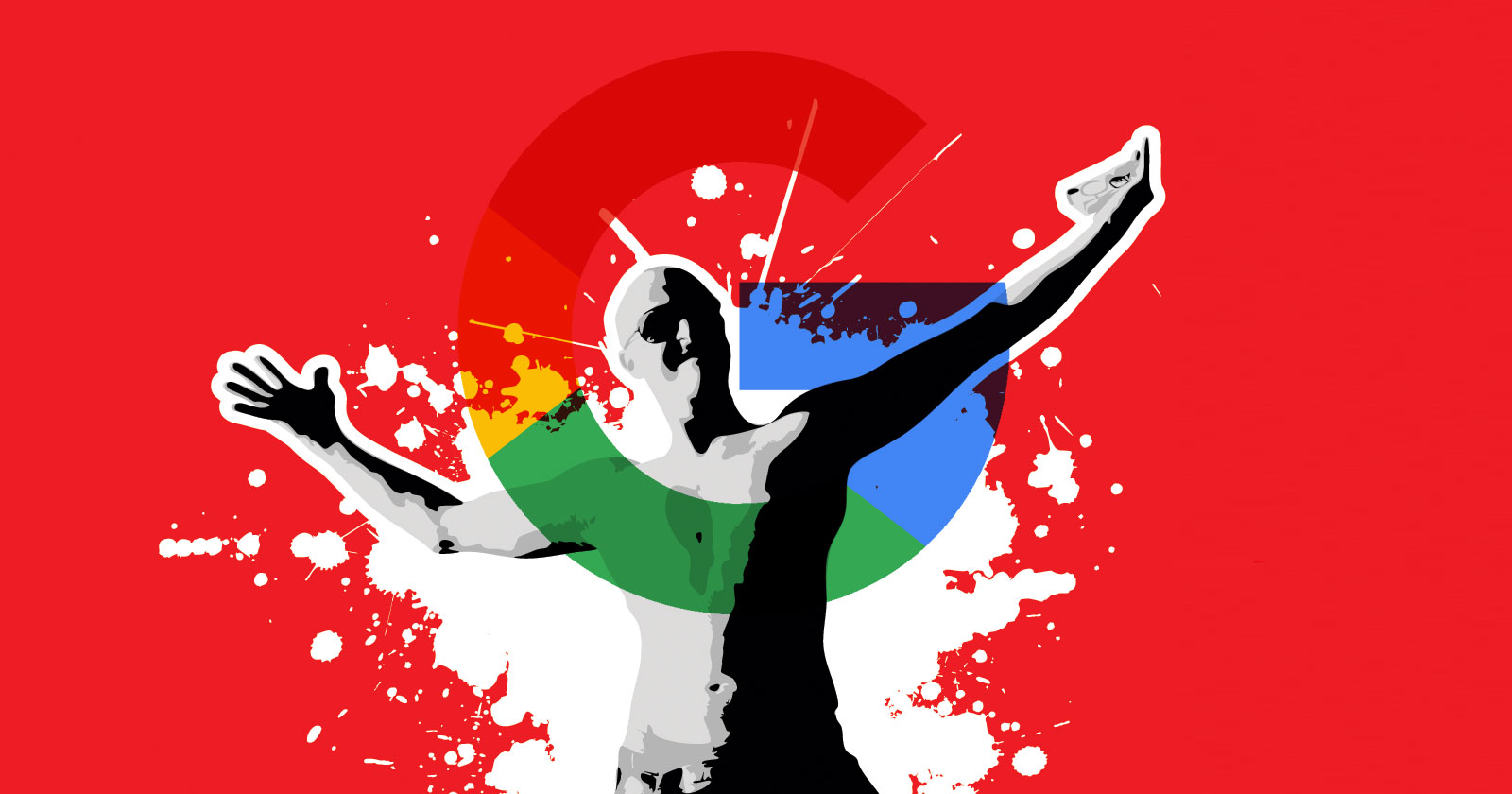
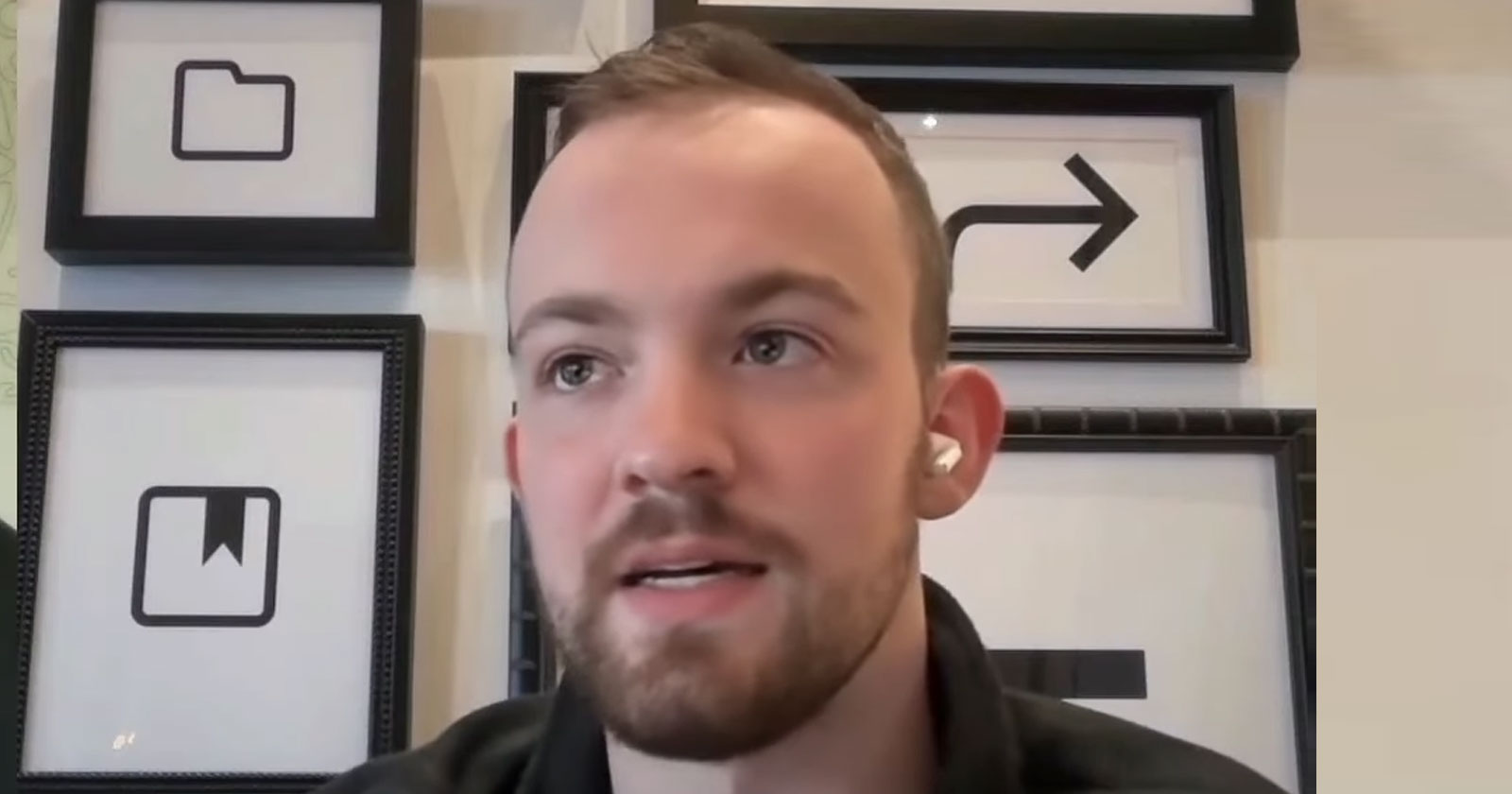



















![The 11 Best Landing Page Builder Software Tools [2025]](https://www.growthmarketingpro.com/wp-content/uploads/2024/04/best-landing-page-software-hero-image-1024x618.png?#)









































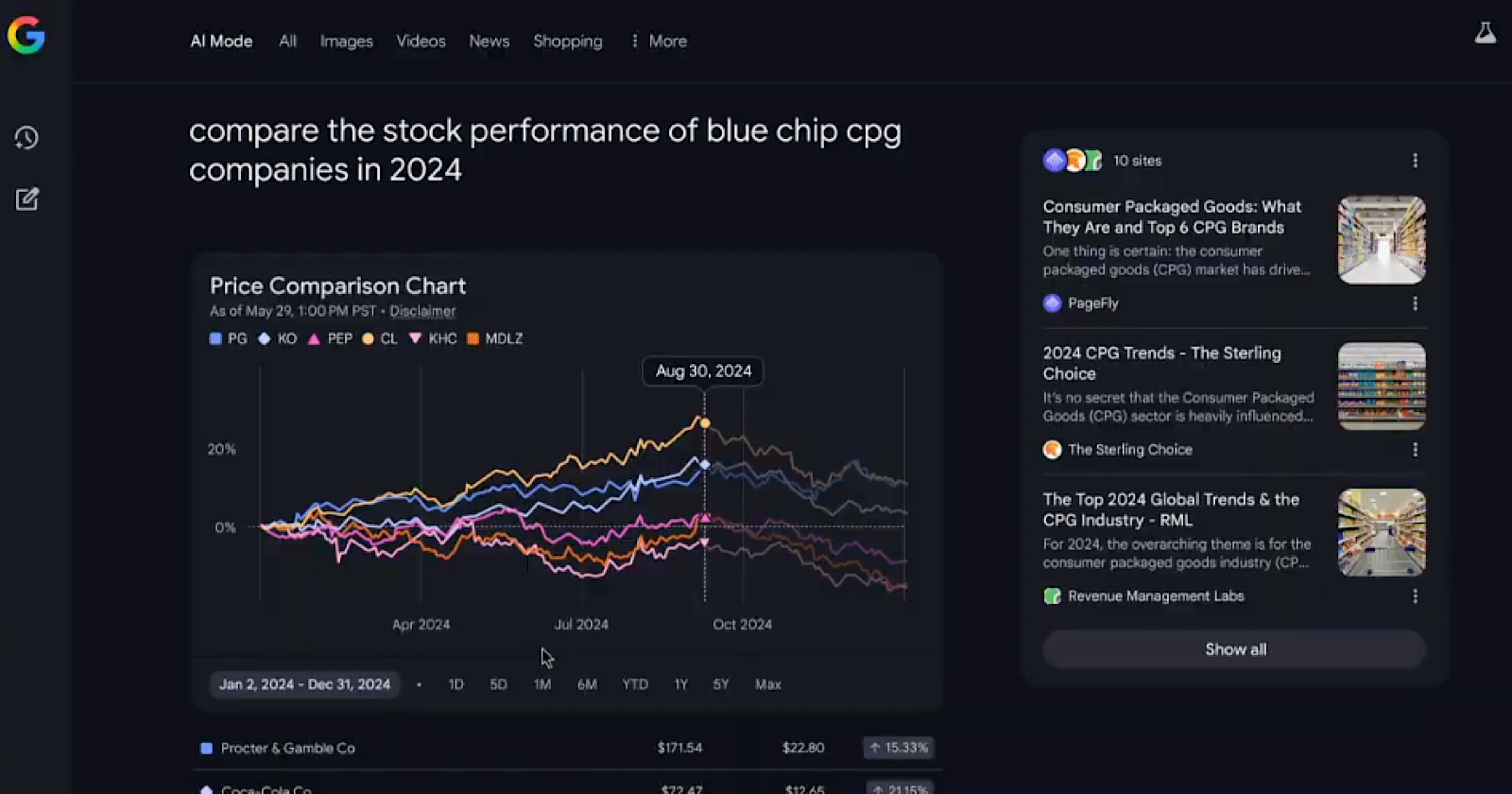
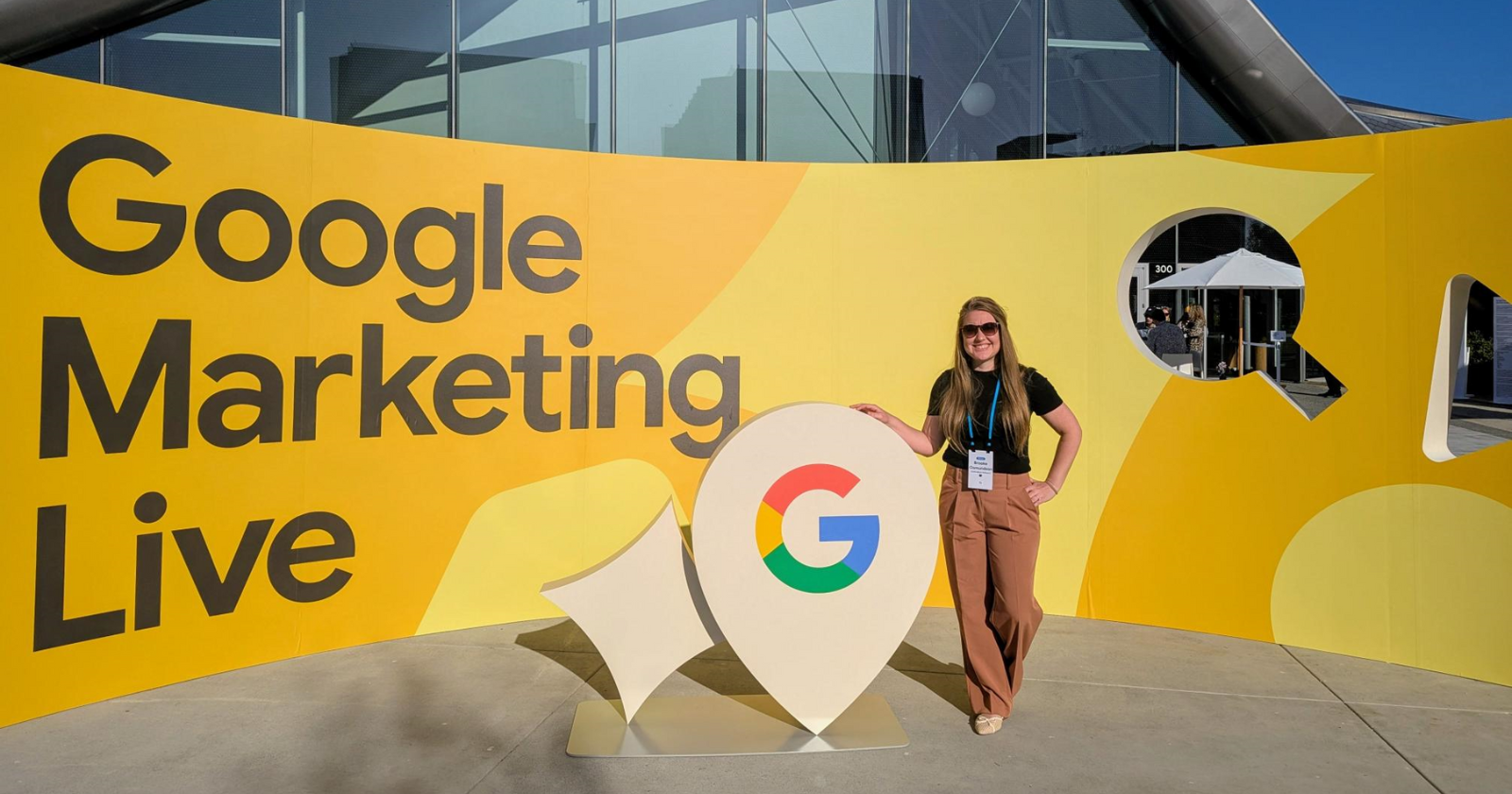





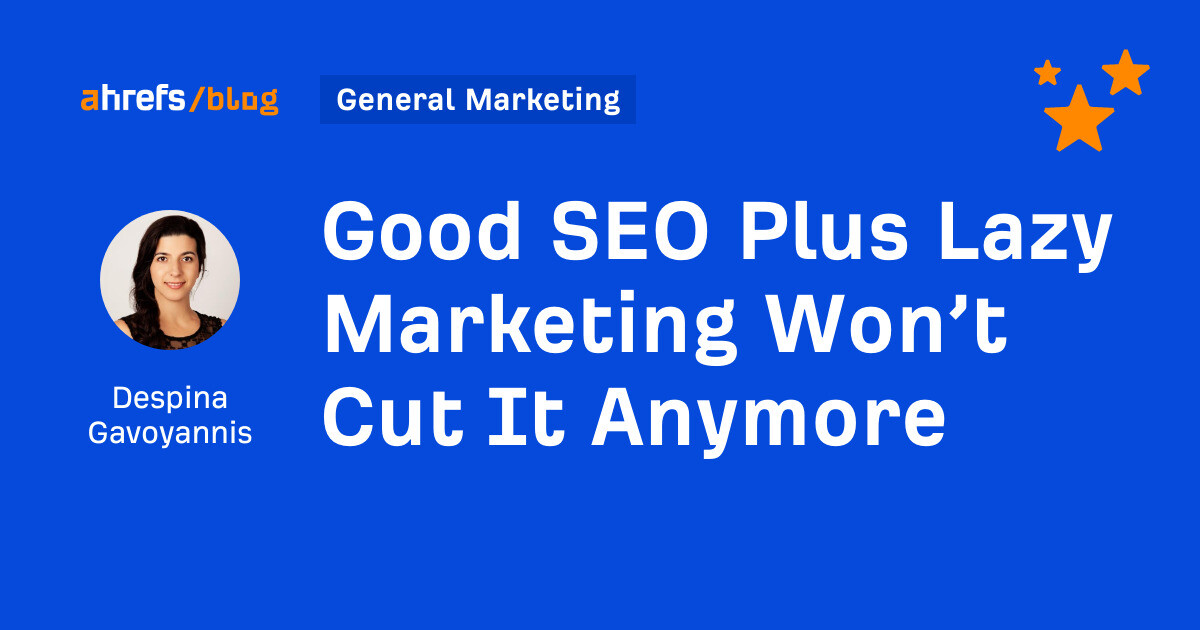
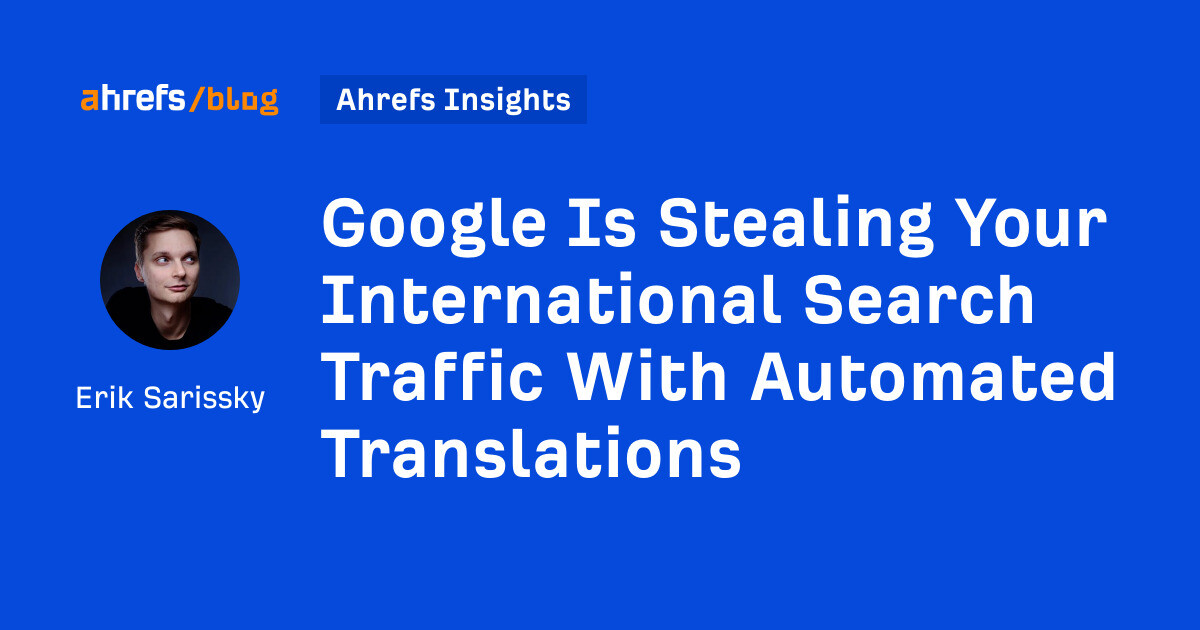







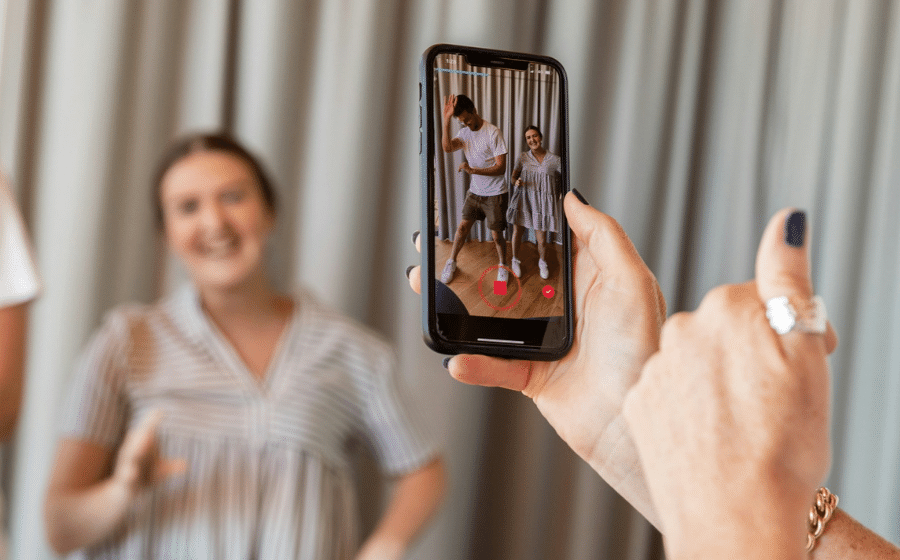
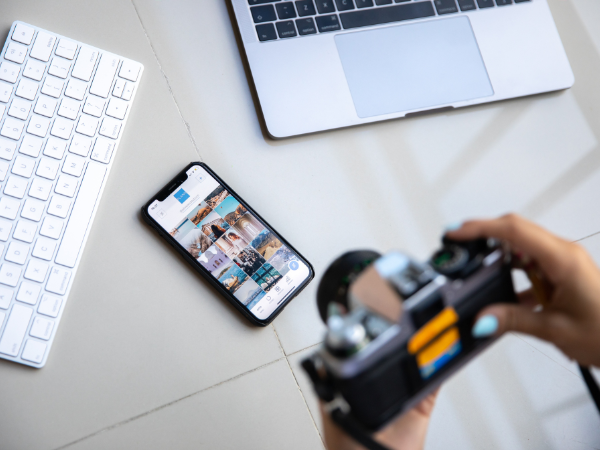





![Social media image sizes for all networks [June 2025]](https://blog.hootsuite.com/wp-content/uploads/2023/01/Social-Media-Image-Sizes-2023.png)


![41 Instagram features, hacks, & tips everyone should know about [new data]](https://www.hubspot.com/hubfs/Instagram-hacks-1-20240916-2633447.webp)



